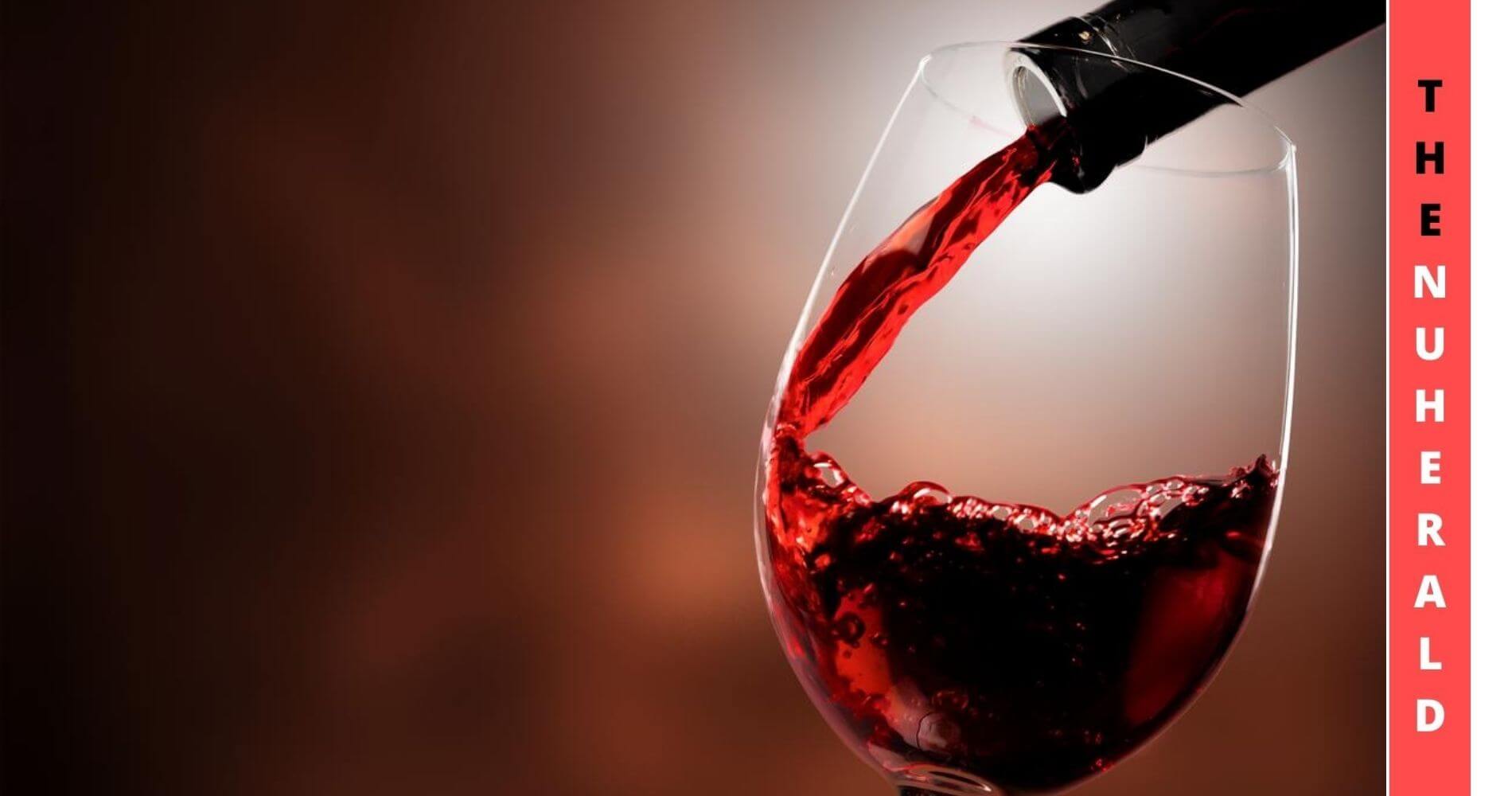Here arrives a piece of good news for Red wine lovers!! A new study finds that Red wine, berries, apples, and tea can reduce the death rate among people suffering from Parkinson’s disease. The study discusses in detail the beneficial activity of red wine and related food’s role in Parkinson’s disease.
Parkinson’s Disease Patients Can Now Live Longer Through Red Wine
Parkinson’s disease is a brain-based disease that affects the patients neurologically and impacts the body’s regular activities. It is a deep-rooted disease that affects the Central Nervous System. Parkinson’s disease is commonly found to develop in people of age group 60 and above. About 1% of people aged 60 are affected by this disease. The sad part of this disease is the risk increases with age.

This research performed by Gao and his colleagues involved 1200 participants suffering from Parkinson’s disease. Most of the patients were about 72 years old and had a long history of 33 years of the prevailing disease. The team collected all the data related to the patients and proceeded with the study. They questioned the patients every four years regarding their diet plan. They analyzed how frequently the patients were intaking red wine, apples, berries, etc.
About 75% of the patients died while the study was conducted. Of them, 69 patients died from cancer, 112 died from cardiovascular diseases and about 513 died from Parkinson’s disease.
The researchers found that the patients who included red wine, berries, and other related foods had a 70% higher possibility of survival than people who took them in fewer amounts. The flavonoids in these foods help them lower the risk of Parkinson’s disease. Patients who had more than three servings of flavonoids in a week were less prone to Parkinson’s disease-associated risks.
Flavonoids are plant-based secondary metabolites that provide multiple health benefits to our bodies. They play a major role in regulating cellular activity, cell signaling, and eliminating free radicals. These flavonoids can be classified into three types:
- Bioflavonoids
- Isoflavonoids
- Neoflavonoids.
Some of the foods rich in flavonoids are:
- Onion
- Berries
- Kale
- Beetroots
- Parsley
- Red cabbage
- Strawberry
- Red Wine
- Dark Chocolate
- Tea
- Citrus fruits like Oranges, lemons, grapefruits, etc.,
A similar study under neurology was conducted previously by five researchers X.Gao, MD, Ph.D., A.Cassidy, Ph.D., M.A.Schwarzschild, MD, Ph.D., E.B.Rimm, ScD, and A.Ascherio, MD, DrPH from the Channing Laboratory. This study affirmed the role of flavonoids in reducing Parkinson’s disease coupled risks. Including higher amounts of flavonoids and their subclasses like anthocyanins, flavanones, flavones, flavan-3-ols, and flavonols in diet had a greater positive effect on the patient’s health. This affirmation is taken to the next level in this study.
Senior researcher, Dr. Xiang Gao, started his address with a brief introduction to Flavonoids. He said that intaking high flavonoid-rich food like colorful fruits and vegetables can prevent the risk and succession of the disease. This might slow down the disease impression on the patients. This study cannot prove the role of flavonoids in increasing the life span of Parkinson’s patients.
In our previous study published in 2012, we gave a clear view about flavonoids’ role in preventing Parkinson’s risk, and in this study, we aim to give a detailed confirmation on the neuroprotective effects of fruits and vegetables. Currently, the exact role of flavonoids in Parkinson’s disease treatment is not known, but intaking higher amounts of berries, apples, and red wine into the diet may reduce the risk and give positive results, he added. Presently, Dr. Xiang Gao is director of the nutritional epidemiology lab at Pennsylvania State University, in University Park.
The researchers found that the risk of Parkinson’s disease and associated diseases can be lowered by the flavonoids in teas, red wines, and fruits because can cross the blood-brain barrier and can cure inflammation, atherosclerosis, and release oxidative stress which can have a constructive impact on patients.
From the study, the effect of the flavonoids on Parkinson’s disease was the same for both genders was confirmed. The highest amount of flavonoid intake noted from the participants was 673 milligrams (mg) per day and the lowest amount of intake was 134 mg per day.
The researchers also found that patients who took higher amounts of anthocyanins exhibited a 66% higher survival rate and patients who consumed flavan-3-ols showed up 69% survival rate.
Flavonoids are of seven classes. They are:
Anthocyanidins, Flavonols, Isoflavones, Flavones, Flavanones and Flavanols. Of them, Anthocyanins are rich in Blueberries, Pomegranate, strawberries, plums, figs, and prunes. Flavan-3-ols are rich in grapes, pears, and apples.
A statement contrasting to the entire study was released by Dr. Okun, national medical advisor for the Parkinson’s Foundation and director of the University of Florida’s Norman Fixel Institute for Neurological Diseases in Gainesville. Dr. Michael Okun said that flavonoids can also harm Parkinson’s disease. He says that a sudden change in diet with flavonoids will provide a beneficial impact, which cannot conclude flavonoids’ role in Parkinson’s disease, so the data from this study must not be interpreted.
Moreover, intake of more red wine can have other related problems in Parkinson’s patients. My point is not to say that flavonoids are harmful to Parkinson’s patients, it provides certain benefits for them. On the whole, flavonoids are good for your health and this study will help patients with Parkinson’s disease to enhance their food habits, said Okun.
This research first published on the 26th of January was conducted by seven researchers Xinyuan Zhang, Samantha A. Molsberry, Tian-Shin Yeh, Aedin Cassidy, Michael A. Schwarzschild, Alberto Ascherio, and Xiang Gao.
